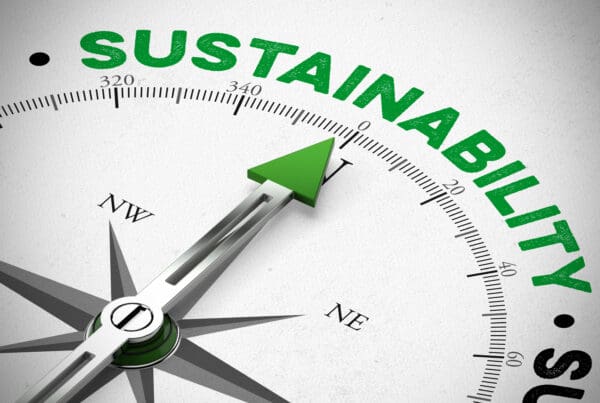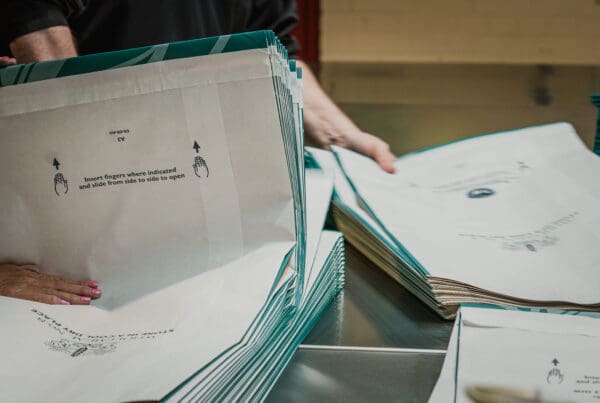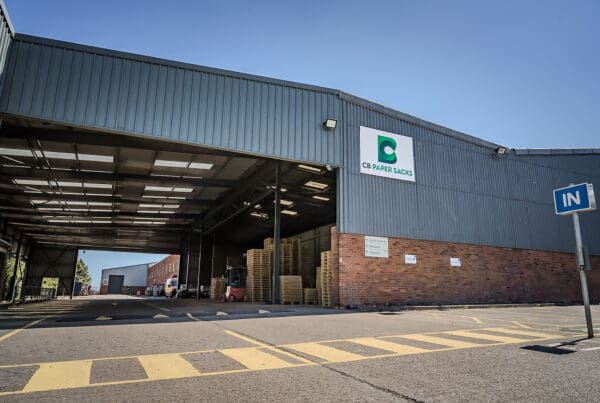European Paper Sacks: Trends to Watch in 2025
How Sustainability, Innovation, and Regulation Are Shaping the Industry
CB Paper Sacks manufacture Multi-Wall paper sacks for Milk Powder, Food Ingredients, Flour, Chemicals, Animal Feed and other Dry Food Product. Based in Bangor Northern Ireland with over 50 years’ experience in the paper sack industry, supplying into Ireland, the UK and Continental Europe. At each stage of the company’s development we have made continuous improvements to our environmental responsibilities, technical competence, product development and printing excellence.
The European paper sack industry is undergoing significant transformation in 2025, propelled by consumer demand for sustainability, technological advancements, and evolving regulatory frameworks. From eco-friendly materials to digitalisation in production, several key trends are redefining the landscape of paper sacks across Europe.
What’s Driving Change
Regulatory Pressure & Policy Pushes – The EU’s Packaging & Packaging Waste Regulation (PPWR) and related legislation are pushing for higher recyclability, less plastic content, and more reusability. Paper sacks are benefiting because seen as fibre-based, and when designed with minimal plastic films/coatings, they score well in regulation. Also, industries using sacks (cement, chemicals, food) are under pressure to reduce environmental footprints.
Recyclability & Fibre Recovery – Paper sack suppliers are emphasizing that their products are recyclable—even after use, with sometimes plastic linings. Studies show used and unused paper sacks can be good sources of recovered fibre. This is becoming a selling point.
Performance & Functional Innovation – There’s demand for paper sacks to do more: moisture resistance, strength, handling finer or more abrasive materials (e.g. new, “low carbon” cement blends), better sealing, less dust, faster filling. Innovations are addressing those.
Sustainability & Carbon Footprint – Companies are increasingly measuring lifecycle emissions, including from packaging. The industry is responding: there’s more demand for sacks with lower carbon footprint, from source materials to end-of-life.
Innovation in Materials and Design
Technological advancements have enabled the development of stronger, lighter, and more versatile paper sacks. In 2025, manufacturers are experimenting with multi-layered designs that improve durability while maintaining full biodegradability. Barrier coatings made from natural substances are replacing synthetic alternatives, offering protection against moisture and grease without compromising recyclability.
Customisation is another major trend. Digital printing technologies allow for high-quality graphics, personalised branding, and quick adaptation to market needs. This not only enhances product appeal but also serves as a marketing tool for brands committed to sustainability.
Sustainability Takes Centre Stage
Environmental consciousness is at the heart of European packaging in 2025. Companies are increasingly embracing renewable raw materials, investing in biodegradable and compostable paper sacks, and striving to minimise their carbon footprint. The push for circular economy principles means a greater focus on recyclability, responsible forestry, and reduced plastic content. Expect to see more paper sacks with eco-certifications and clear labelling to reassure consumers about their environmental credentials.
Market Growth and Shifting Consumer Preferences
The market for paper sacks is expanding as retailers and consumers alike prioritise eco-friendly packaging. Major supermarket chains and global brands are phasing out plastic alternatives in favour of paper sacks for groceries, takeaway food, and bulk goods. This shift is not only driven by regulation but also by consumer expectations for sustainable choices and transparent supply chains.
At the same time, the construction and industrial sectors are adopting paper sacks for cement, chemicals, and other bulk materials, appreciating their improved strength and handling features. This broadening of applications is helping the industry achieve robust growth and diversification.
Digitalisation and Smart Packaging
Digital tools and smart technologies are making their mark in 2025. From QR codes on sacks for product traceability to automated production lines that enhance efficiency and quality, digitalisation is streamlining operations and offering new ways to engage customers. These innovations enable producers to offer value-added services, such as tracking the origin of raw materials or providing recycling instructions directly to end-users.
Regulatory Pressures and Opportunities
Across the European Union, stricter regulations are being implemented to limit single-use plastics and promote sustainable packaging solutions. The EU Packaging and Packaging Waste Regulation (PPWR), which continues to evolve in 2025, encourages the shift towards paper-based sacks, especially in sectors like food, agriculture, and construction. Producers are adapting by ensuring their products meet stringent recyclability and composability standards, and by staying ahead of anticipated regulatory changes.
In 2025, the European paper sack industry stands at the crossroads of sustainability, innovation, and regulation. By embracing eco-friendly materials, investing in technological advancements, and proactively responding to regulatory shifts, manufacturers are well-positioned to meet the demands of a changing market. As both businesses and consumers continue to prioritise sustainability, paper sacks are set to play a pivotal role in the future of European packaging.



